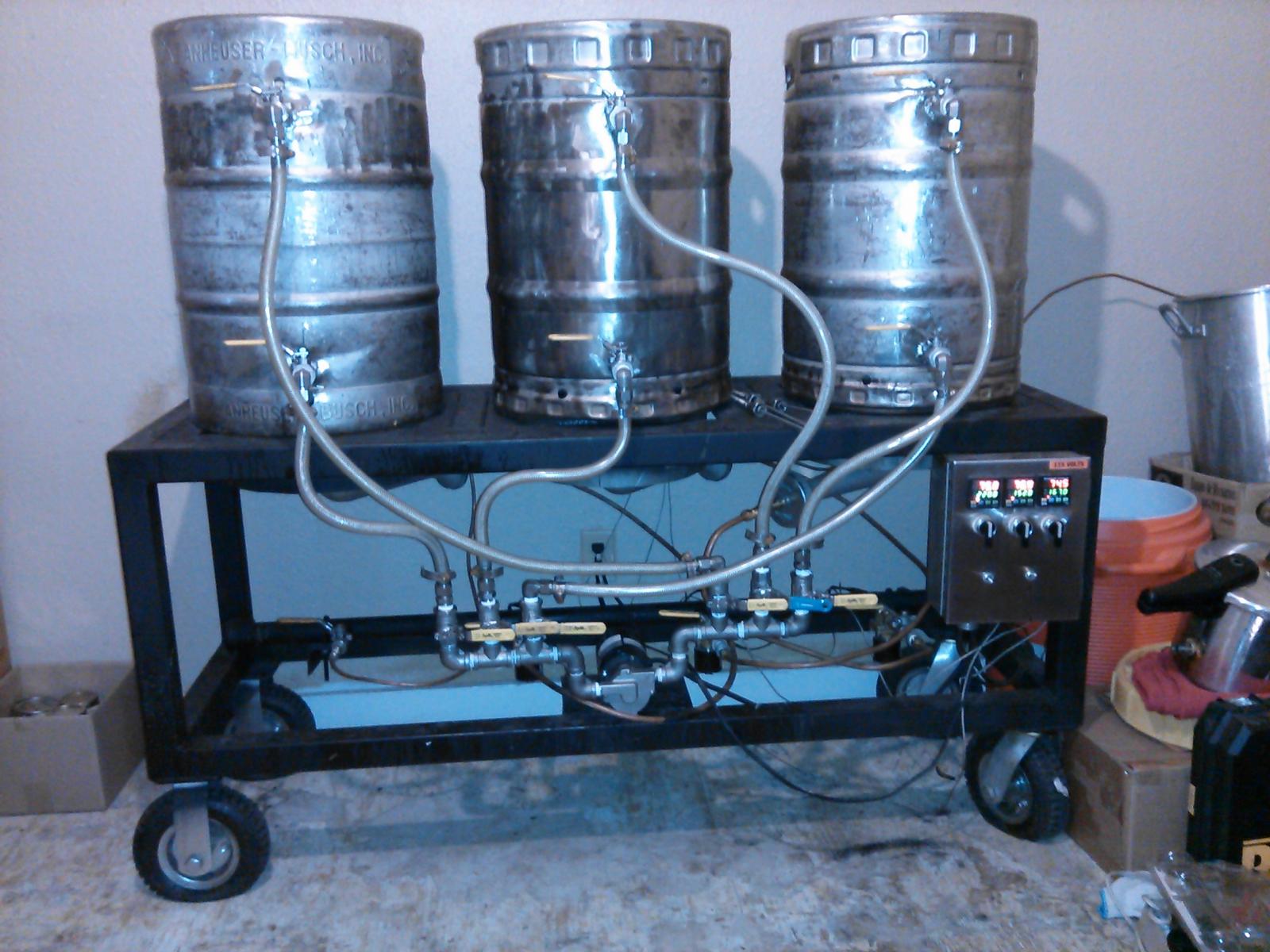daytondave
Member
- Joined
- Feb 17, 2016
- Messages
- 11
- Reaction score
- 0
I have a receipt that calls for mashing at 148 degrees using 15 quarts of water for 90 minutes and then raising the water temperature to 168 for mashout for 10 minutes.
I am using an insulated cooler as a mashtun. I have found calculators that tell me how much water to add to ensure I hit the target temp of the mashout (add 7.7 quarts of boiling water to raise the temp from 148 to 168) but they dont adjust the initial water volume to account for the additional water for the mashout.
How do I know how to adjust the initial water volume so I dont end up with too much/diluted wort? Do I just take the amount of water listed in the recipe (15 quarts for example) and deduct the amount I will need to add for mash out. (15 - 7.7 = 7.3 quarts). This doesnt sound right. Im afraid if I do this the mash will be too thick and get stuck.
Should I just skip the mashout? Im not sure how important that step is.
Thanks in advance for the help.
I am using an insulated cooler as a mashtun. I have found calculators that tell me how much water to add to ensure I hit the target temp of the mashout (add 7.7 quarts of boiling water to raise the temp from 148 to 168) but they dont adjust the initial water volume to account for the additional water for the mashout.
How do I know how to adjust the initial water volume so I dont end up with too much/diluted wort? Do I just take the amount of water listed in the recipe (15 quarts for example) and deduct the amount I will need to add for mash out. (15 - 7.7 = 7.3 quarts). This doesnt sound right. Im afraid if I do this the mash will be too thick and get stuck.
Should I just skip the mashout? Im not sure how important that step is.
Thanks in advance for the help.








































![Craft A Brew - Safale S-04 Dry Yeast - Fermentis - English Ale Dry Yeast - For English and American Ales and Hard Apple Ciders - Ingredients for Home Brewing - Beer Making Supplies - [1 Pack]](https://m.media-amazon.com/images/I/41fVGNh6JfL._SL500_.jpg)







